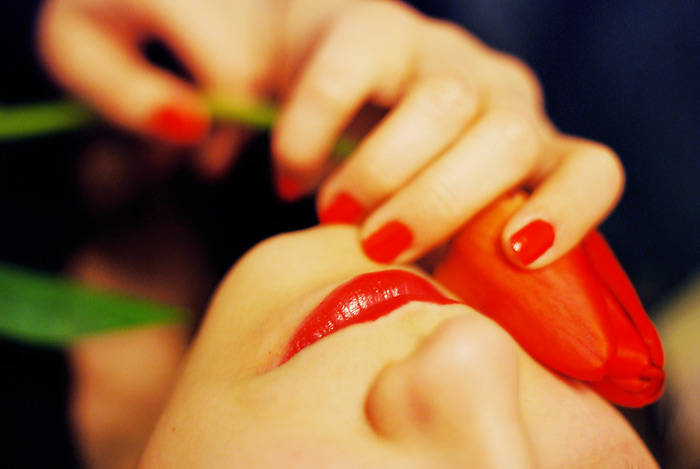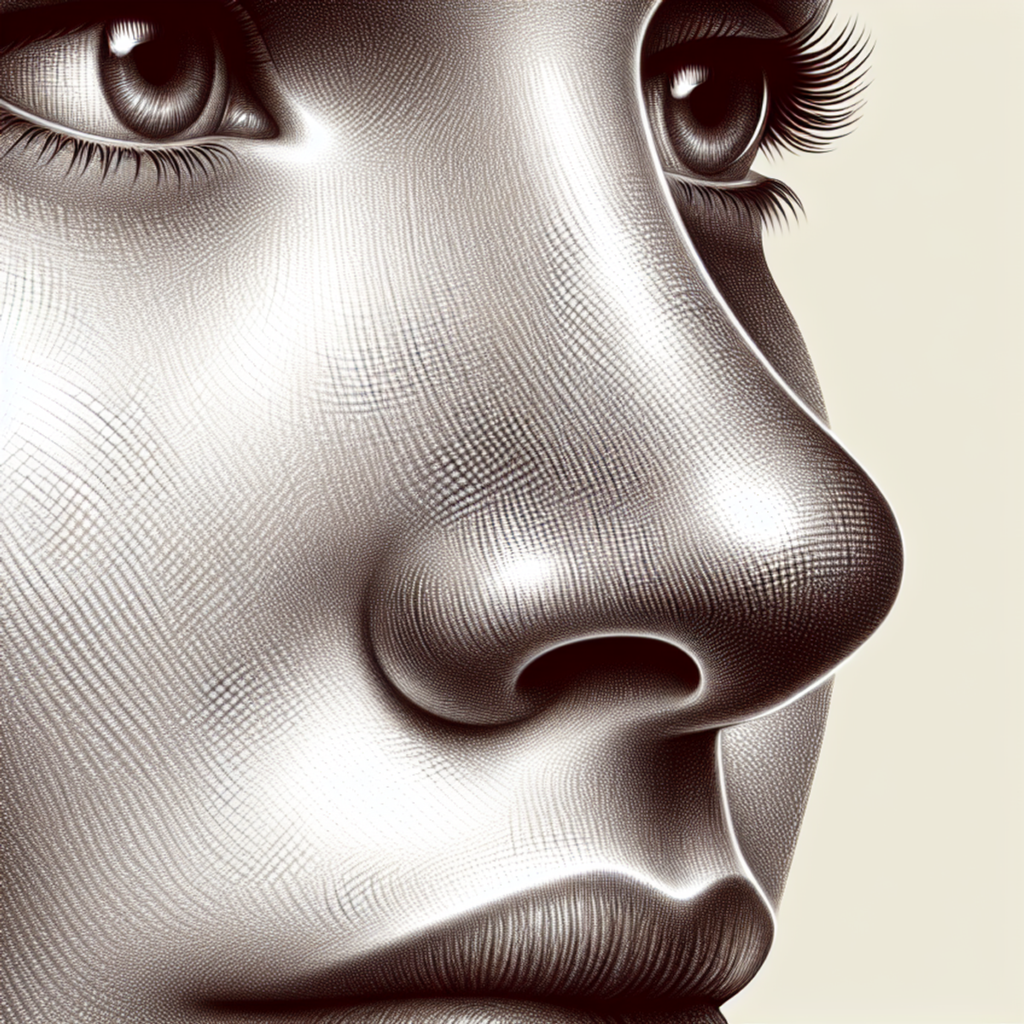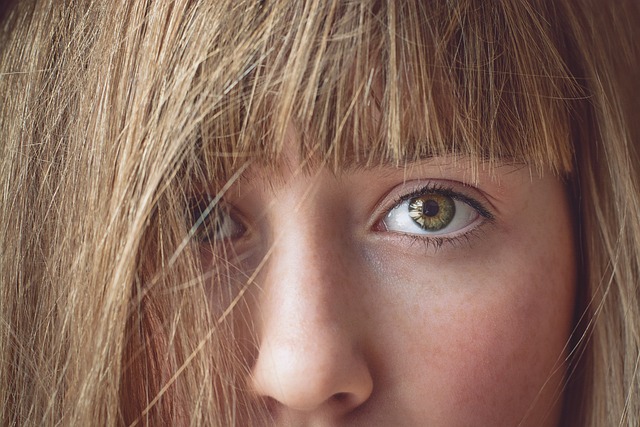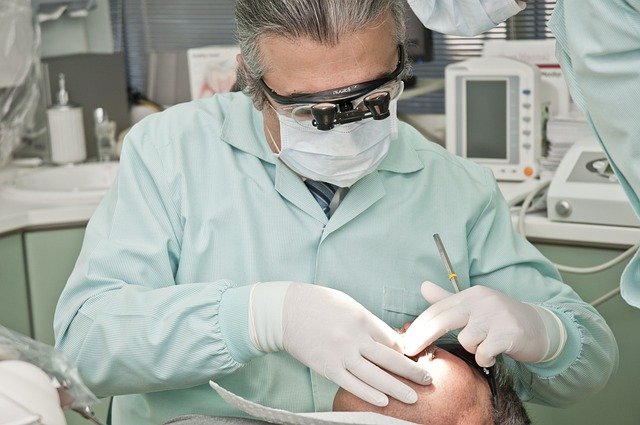Introduction
The aftermath of a rhinoplasty procedure requires diligent care and attention to ensure a smooth recovery. Rhinoplasty recovery involves a series of do’s and don’ts that are crucial for the healing process. This article focuses on the things you should avoid after rhinoplasty to promote optimal recovery and minimize potential complications.
When considering rhinoplasty, it’s essential to understand the significance of proper aftercare in achieving the desired results. From the moment you undergo the procedure, the recovery period plays a critical role in shaping the outcome. It’s important to be well-informed about what to expect during this phase and how certain actions can impact the healing process.
Throughout this article, we will explore various aspects of post-surgery care, including physical activities to avoid, strategies for preventing nasal congestion and infection, and protecting the delicate healing tissue from sun exposure. By familiarizing yourself with these essential guidelines, you can navigate the recovery journey with confidence and contribute to a successful rhinoplasty outcome.
1. Physical Activities to Avoid
The first few weeks after rhinoplasty are crucial for proper healing, and it’s essential to avoid strenuous physical activities during this time. Engaging in vigorous exercises can increase the risk of post-operative complications and affect the outcome of the surgery.
Here are some physical activities you should avoid after rhinoplasty:
- Running or jogging
- Weightlifting
- High-intensity interval training (HIIT)
- Contact sports like football or basketball
- Swimming or diving
It’s generally recommended to wait at least two months before resuming more intense workouts or activities that involve heavy lifting. However, light walking and gentle stretching exercises can be beneficial for promoting circulation and aiding the recovery process.
“Listening to your body and following your surgeon’s recommendations regarding physical activity is key to a successful recovery.“
2. Preventing Nasal Congestion and Infection
It’s crucial to understand the risks of nasal congestion and infection after rhinoplasty surgery. Here are some key points to keep in mind:
- Avoid contact with sick individuals: Being around people who are ill can significantly raise your chances of developing nasal congestion and infection. As a result, it’s best to stay away from anyone who is sick during your recovery period.
- Maintain good hygiene: Practicing proper hygiene, such as washing your hands regularly and keeping your surgical site clean, can help prevent the spread of germs and reduce the risk of infection.
- Follow your surgeon’s instructions: Your surgeon will provide you with specific post-operative care instructions that you must follow diligently. This may include using saline nasal sprays, performing nasal irrigations, or taking prescribed medications to promote healing and reduce the likelihood of congestion or infection.
- Avoid crowded places: Large gatherings or crowded areas can expose you to a higher number of germs and viruses. It’s advisable to avoid such settings until you have fully recovered from your rhinoplasty surgery.
By implementing these preventative measures, you can minimize the chances of experiencing nasal congestion and infection during your rhinoplasty recovery phase.
3. Protecting the Healing Tissue from Sun Exposure
Sun exposure can harm the delicate healing tissue of your nose after rhinoplasty, causing discoloration, pigmentation changes, and potential complications during recovery. To prevent these issues, it’s important to:
- Use Sunscreen: Apply a broad-spectrum sunscreen with a high sun protection factor (SPF) to your nose area. This will help shield it from harmful ultraviolet (UV) rays. Make sure to choose a sunscreen that is gentle and suitable for sensitive post-surgery skin.
- Cover Your Nose: In addition to sunscreen, consider wearing wide-brimmed hats or using umbrellas when you’re outside. These physical barriers will provide extra shade and protection for your healing nose.
By following these simple steps, you can promote optimal healing of your nose after rhinoplasty while still being able to enjoy time outdoors safely.
4. Avoiding Pressure on the Nasal Bridge
One common issue with wearing glasses is the discomfort caused by the pressure they exert on the nasal bridge. This can lead to pain, redness, and even indentations on the skin. Fortunately, there are a few ways to avoid this problem:
Potential problems with glasses resting on the nasal bridge
- Pain: The constant pressure from glasses can cause pain and discomfort on the nose.
- Redness: The area where glasses rest may become red and irritated due to prolonged pressure.
- Indentations: Wearing glasses for extended periods can leave temporary marks or indentations on the skin.
Alternatives to wearing glasses that can exert pressure on the nose
If you find that glasses are constantly causing discomfort or leaving marks on your nose, you may want to consider these alternatives:
- Contact lenses: These are a popular choice for people who prefer not to wear glasses. Contact lenses sit directly on the eye without putting any pressure on the nose.
- Prescription sunglasses: Instead of wearing regular glasses outdoors, you can opt for prescription sunglasses. These provide both vision correction and sun protection without resting on the nasal bridge.
- LASIK surgery: For those looking for a more permanent solution, LASIK surgery can correct vision problems and eliminate the need for glasses altogether.
By exploring these options, you can find a solution that works best for your comfort and lifestyle.
5. Sleeping Position for Optimal Recovery
The way you sleep can make a big difference in how well you recover after rhinoplasty. Here’s why sleeping with your head elevated is beneficial and how it can help with swelling and bleeding:
1. Head Elevation
Sleeping with your head elevated has two main benefits:
- It improves blood flow: When your head is higher than your heart, gravity helps to circulate blood more effectively. This can reduce swelling in the nose and promote healing.
- It reduces fluid buildup: By sleeping with your head raised, you can prevent excess fluid from pooling in the tissues around your nose. This can help to minimize swelling and speed up the recovery process.
2. Swelling Reduction
Swelling is a common issue after rhinoplasty, but sleeping with your head elevated can help to address it:
- Less fluid accumulation: When you sleep with your head raised, there’s less chance of fluid building up in the nasal area. This means that any existing swelling may go down faster.
- Improved lymphatic drainage: The lymphatic system plays a key role in removing waste and reducing swelling in the body. Sleeping with your head elevated can assist this process by allowing lymph fluid to flow more easily away from the surgical site.
3. Minimizing Bleeding Risks
Another advantage of sleeping with your head elevated is the reduced risk of postoperative bleeding:
- Lower pressure on the nose: When your head is above chest level, there’s less pressure on the blood vessels in your nose. This makes it less likely for them to burst and cause bleeding.
- Better control of blood flow: By avoiding positions that increase blood flow to the nose, such as lying completely flat, you can help maintain stable conditions for healing.
It’s important to maintain this sleeping position for a few weeks after rhinoplasty to support optimal recovery. Here are some tips on how to achieve it:
- Use multiple pillows to prop yourself up in bed.
- Invest in a specialized wedge pillow designed for postoperative comfort.
By making an effort to sleep with your head elevated, you can contribute to reducing swelling, minimizing bleeding risks, and supporting a smoother recovery journey after rhinoplasty.
6. Limiting Sexual Activity
Resuming sexual activity after rhinoplasty is a topic that many patients are curious about. While it may not be explicitly discussed during the initial consultation, it is an important aspect of the recovery process. Here are some key points to consider:
- Recommended timeline: It is generally recommended to limit sexual activity for at least three weeks after surgery. This timeframe allows for proper healing and reduces the risk of complications.
- Consulting with the surgeon: Every patient’s recovery journey is unique, and individual factors such as the extent of the surgery and personal healing abilities can affect the timeline for resuming sexual activity. It is crucial to consult with your surgeon for personalized advice on when it is safe to engage in sexual activity.
It’s important to prioritize your overall well-being during the recovery period, including limiting physical exertion and following your surgeon’s recommendations. By doing so, you can ensure a smooth recovery process and optimize your results.
7. Substance Interactions and Medication Precautions
When you have rhinoplasty surgery, it’s important to know about the possible risks of substance interactions and medication precautions. Here are some things you should keep in mind:
- Substance interactions: Certain substances like herbal supplements, over-the-counter medications, and recreational drugs can affect the medications used during rhinoplasty. This can cause problems or slow down the healing process. Make sure to tell your surgeon about any substances you’re using or have recently used so they can give you safe anesthesia and pain relief.
- Anesthesia precautions: Anesthesia is a big part of rhinoplasty surgery. But before you get anesthesia, there are some things you need to do to stay safe. Your surgeon will tell you exactly what to do, like how long to fast before the surgery. Following these instructions lowers the chances of complications and makes sure everything goes smoothly during the operation.
By being careful with substance interactions and following anesthesia precautions, you can lower the chances of problems while getting rhinoplasty.
8. Recommended Diet during Recovery
Proper nutrition plays a crucial role in the healing process after rhinoplasty. A balanced diet can help minimize swelling, promote tissue regeneration, and enhance overall recovery. Here are some important points to consider when planning your post-operative diet:
- Soft foods: Opt for easily chewable and digestible foods during the initial stages of recovery. Mashed potatoes, oatmeal, yogurt, soups, and smoothies are excellent options that provide essential nutrients without exerting pressure on the healing surgical site.
- Anti-inflammatory foods: Incorporate foods rich in antioxidants and anti-inflammatory properties into your diet. Pineapple juice, fruits like berries and oranges, vegetables like spinach and kale, and healthy fats from avocados and nuts can aid in reducing inflammation and supporting the healing process.
- Hydration: Staying hydrated is essential for optimal recovery. Drink plenty of water throughout the day to keep your body hydrated and promote healthy blood flow, which aids in tissue healing.
- Follow your doctor’s instructions: Your surgeon may provide specific dietary guidelines based on your individual needs. It’s important to follow their advice regarding any dietary restrictions or recommendations for supplements that may aid in the recovery process.
Maintaining a nutritious diet during your recovery period can significantly contribute to a smooth healing process after rhinoplasty. Remember to consult with your surgeon for personalized dietary recommendations based on your specific condition and medical history.
9. Skin Care Tips for Post-Surgery
After undergoing rhinoplasty, it’s important to follow a proper skin care routine to aid in the healing process and minimize the risk of complications. Here are some recommendations for taking care of your skin during the recovery period:
- Moisturize: Keeping your skin well-hydrated is essential for optimal healing. Choose a gentle moisturizer that is suitable for your skin type. For oily skin, opt for oil-free or non-comedogenic moisturizers to avoid clogging pores. If you have dry skin, look for products with hydrating ingredients like hyaluronic acid or ceramides.
- Avoid harsh products: During the recovery period, it’s best to avoid using harsh cleansers or exfoliants that can irritate the skin. Opt for mild, fragrance-free cleansers and avoid scrubbing or rubbing the surgical area.
- Protect from the sun: Sun exposure can cause discoloration and complications during the healing process. Apply sunscreen with at least SPF 30 to your entire face, including the nose area, whenever you go outside. Additionally, consider wearing a wide-brimmed hat or using an umbrella for added protection.
Remember to consult with your surgeon for personalized advice on skincare products and routines that are best suited for your specific needs after rhinoplasty.
10. Cautions Regarding Touching or Rubbing the Area
- Avoid unnecessary touching or rubbing of the surgical area to prevent any potential complications during the recovery period.
- Only touch the nose with proper surgeon’s approval to ensure that it is safe and appropriate for the stage of healing.
11. Minimizing Scarring and Promoting Healing
There are several techniques and methods that can be beneficial in minimizing scarring after rhinoplasty and promoting optimal healing:
Soft Tissue Massage
Gentle massage of the surgical area can help to break down scar tissue and improve circulation, promoting faster healing and reducing the risk of prominent scarring.
Silicone Sheeting
Applying silicone sheets to the incision site can help flatten and fade scars over time, providing a protective barrier while keeping the area hydrated.
Laser Resurfacing
This technique uses targeted laser energy to stimulate collagen production, improving skin texture and reducing the appearance of scars.
By incorporating these methods into your aftercare routine, you can actively contribute to minimizing scarring and supporting the healing process after rhinoplasty.
Expert Opinion from Dr. Andrew Frankel
Dr. Andrew Frankel is a board-certified surgeon who specializes in nasal surgery, specifically rhinoplasty. With his expertise and experience, he has become widely recognized as a leading authority in the field of rhinoplasty. His extensive knowledge and skill in facial plastic and reconstructive surgery make him an invaluable source of information and support for individuals who are considering or going through rhinoplasty procedures.
As a highly skilled rhinoplasty specialist, Dr. Frankel’s insights on post-operative care and recovery are extremely valuable for patients looking to optimize their healing process.
Conclusion
Ensuring a smooth recovery journey after rhinoplasty requires careful attention to aftercare instructions and avoiding certain activities and habits. By following these rhinoplasty recovery tips, you can promote healing, minimize complications, and achieve the desired results:
- Physical Activities: Be mindful of avoiding strenuous exercises and activities during the initial stage of recovery. Gradually reintroduce light activities as advised by your surgeon.
- Nasal Congestion and Infection: Take precautions to prevent nasal congestion and infection by avoiding sick individuals and practicing good hygiene habits.
- Sun Exposure: Protect the delicate healing tissue by minimizing sun exposure, wearing sunscreen, and covering the nose when necessary.
- Pressure on the Nasal Bridge: Avoid putting pressure on the nasal bridge by refraining from wearing glasses or opting for contact lenses instead.
- Sleeping Position: Sleep with your head elevated to reduce swelling and minimize the risk of bleeding.
- Sexual Activity: Limit sexual activity for the recommended timeframe to prevent complications such as blood clots.
- Substance Interactions and Medication Precautions: Be cautious of substance interactions with medications used in rhinoplasty and follow your surgeon’s instructions regarding anesthesia.
- Recommended Diet: Follow a proper diet during recovery, including soft foods, anti-inflammatory options, and staying hydrated.
- Skin Care Tips: Take care of your skin during the recovery period by following a proper skincare routine and moisturizing as recommended.
- Avoid Touching or Rubbing the Area: Minimize touching or rubbing the surgical area to protect the healing process. Only touch your nose with proper approval from your surgeon.
- Minimizing Scarring and Promoting Healing: Use techniques such as soft tissue massage, silicone sheeting/gel pads, and laser resurfacing to reduce scarring and promote optimal healing.
By being mindful of these guidelines and consulting with your surgeon for personalized advice, you can ensure a smooth and successful recovery after rhinoplasty. Remember to attend follow-up appointments for monitoring and aftercare instructions.



